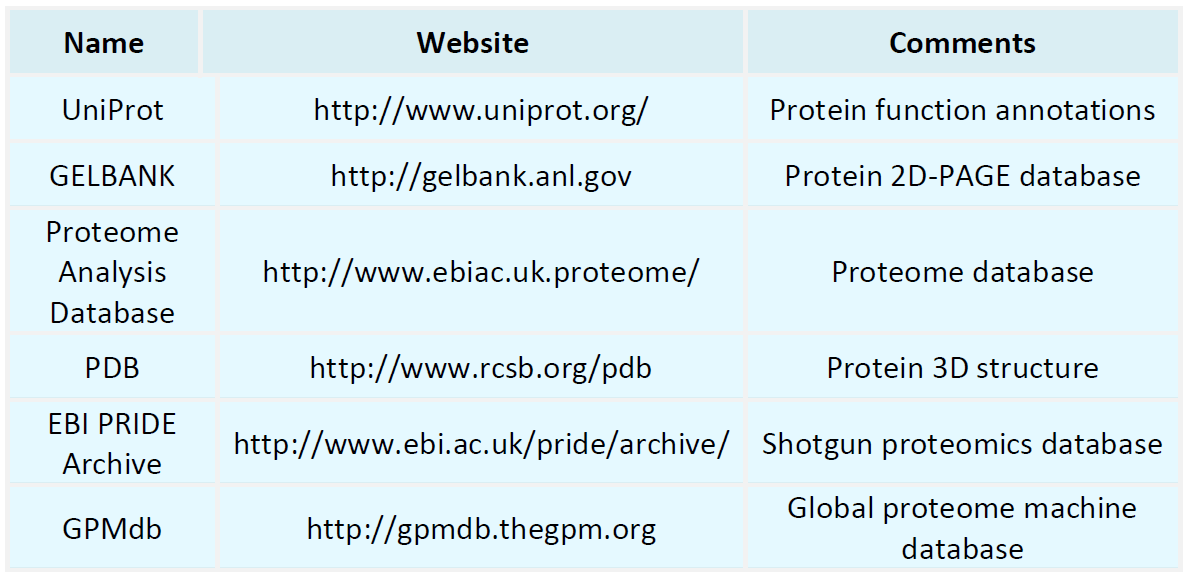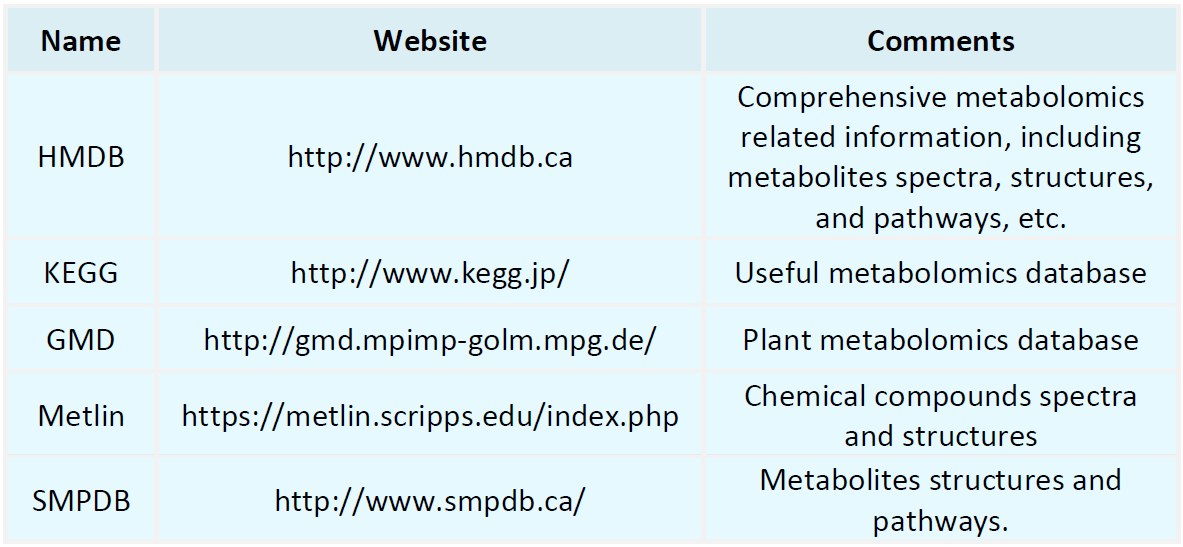Resources
Proteomics Databases

Metabolomics Databases

-
Protein PEGylation is a biotechnological approach designed to enhance the pharmacological properties of therapeutic agents. Polyethylene glycol (PEG) is a high-molecular-weight, water-soluble polymer that, when covalently attached to drug molecules—typically proteins or peptides—can substantially alter their physicochemical and pharmacokinetic characteristics. Basic Principles of PEGylation 1. Chemical Structure Polyethylene glycol (PEG) is a linear or branched polymer composed of repeating ethylene........
-
• Why Is Edman Sequencing Still Important? Exploring Its Irreplaceable Applications
In an era where mass spectrometry dominates the field of proteomics, Edman sequencing may appear obsolete. However, this perception does not reflect reality. As a classical and highly accurate method for N-terminal protein sequencing, Edman sequencing continues to play an irreplaceable role in several critical contexts—particularly in protein structure validation, pharmaceutical quality control, and the study of non-model organisms. This article provides an in-depth analysis of the principles and ..........
-
• Low Protein Yield? Microscale Sequencing Solutions for Critical Samples
With the rapid development of single-cell omics, tumor microenvironment studies, and novel protein therapeutics, researchers are increasingly confronted with a specific sequencing challenge: sample quantities are extremely limited—often at nanogram or even picomole levels—while background complexity and low signal-to-noise ratios severely hinder protein full-length sequencing. This limitation is particularly pronounced in contexts such as antibody sequencing, analysis of clinical biopsy fluids, or .........
-
Antibodies serve as core effectors of the immune system and have become increasingly central to disease diagnostics, drug development, and targeted therapeutics. With the rapid expansion of the antibody-based therapeutics market, there is a growing demand for comprehensive structural characterization. This article focuses on the N-terminus and C-terminus of antibody molecules and explores how accurate protein sequencing technologies address key challenges in antibody structure elucidation. What Are the.....
-
In modern proteomics research, mass spectrometry has undoubtedly become a critical tool for advancing the discovery and functional characterization of proteins. From large-scale protein identification to the analysis of post-translational modifications (PTMs), traditional database-dependent mass spectrometry strategies—such as data-dependent acquisition (DDA) and data-independent acquisition (DIA)—offer broad expression profiling capabilities. However, when the focus shifts to deciphering the complete .....
-
In the investigation of protein functionality, validation of recombinant proteins, and development of antibody-based therapeutics, the accurate determination of the primary structure—namely, the linear sequence of amino acids—represents a fundamental and indispensable step. To accomplish this, researchers commonly employ two primary methodologies: Edman Degradation: A well-established chemical technique that enables sequential identification of amino acids from the N-terminus; Protein full-length ..........
-
In protein expression systems, even proteins derived from the same gene may result in multiple protein isoforms that are structurally similar yet functionally distinct. These differences can arise from alternative splicing, variation in translation initiation, post-translational modifications, or divergent degradation pathways. Such isoforms are commonly found in natural proteins and are especially relevant during the development of biopharmaceuticals—including antibody drugs, fusion proteins, and .........
-
• Current State, Challenges, and Development Trends in Targeted Proteomics
With ongoing advances in proteomic technologies, research priorities are shifting progressively from discovery-driven approaches to targeted strategies. Targeted proteomics, particularly techniques such as Multiple Reaction Monitoring (MRM/SRM) and Parallel Reaction Monitoring (PRM), has emerged as a pivotal tool for biomarker validation, drug target confirmation, and the evaluation of responses to biological therapies. This review provides a systematic overview of the current progress, major technical.....
-
• Unlocking Cancer Biomarkers: The Role of Protein Full-Length Sequencing in Precision Oncology
With the rapid advancement of precision medicine and personalized therapeutic strategies, the identification of cancer biomarkers has become a cornerstone of early detection, prognostic evaluation, and therapeutic decision-making in oncology. However, conventional proteomics approaches predominantly target localized protein fragments or peptide segments, which hampers the comprehensive characterization of protein structural variations—such as splice isoforms, post-translational modifications (PTMs), and....
-
• PRM vs. MRM: Comparative Analysis in Quantitative Proteomics
In proteomics research, targeted quantification techniques play an increasingly critical role, spanning the workflow from target discovery to result validation. Compared to traditional approaches such as labeled quantification and data-dependent acquisition (DDA), Multiple Reaction Monitoring (MRM) and Parallel Reaction Monitoring (PRM) offer superior specificity, sensitivity, and reproducibility—making them especially advantageous for the precise detection of low-abundance proteins. With the advancement...
How to order?







